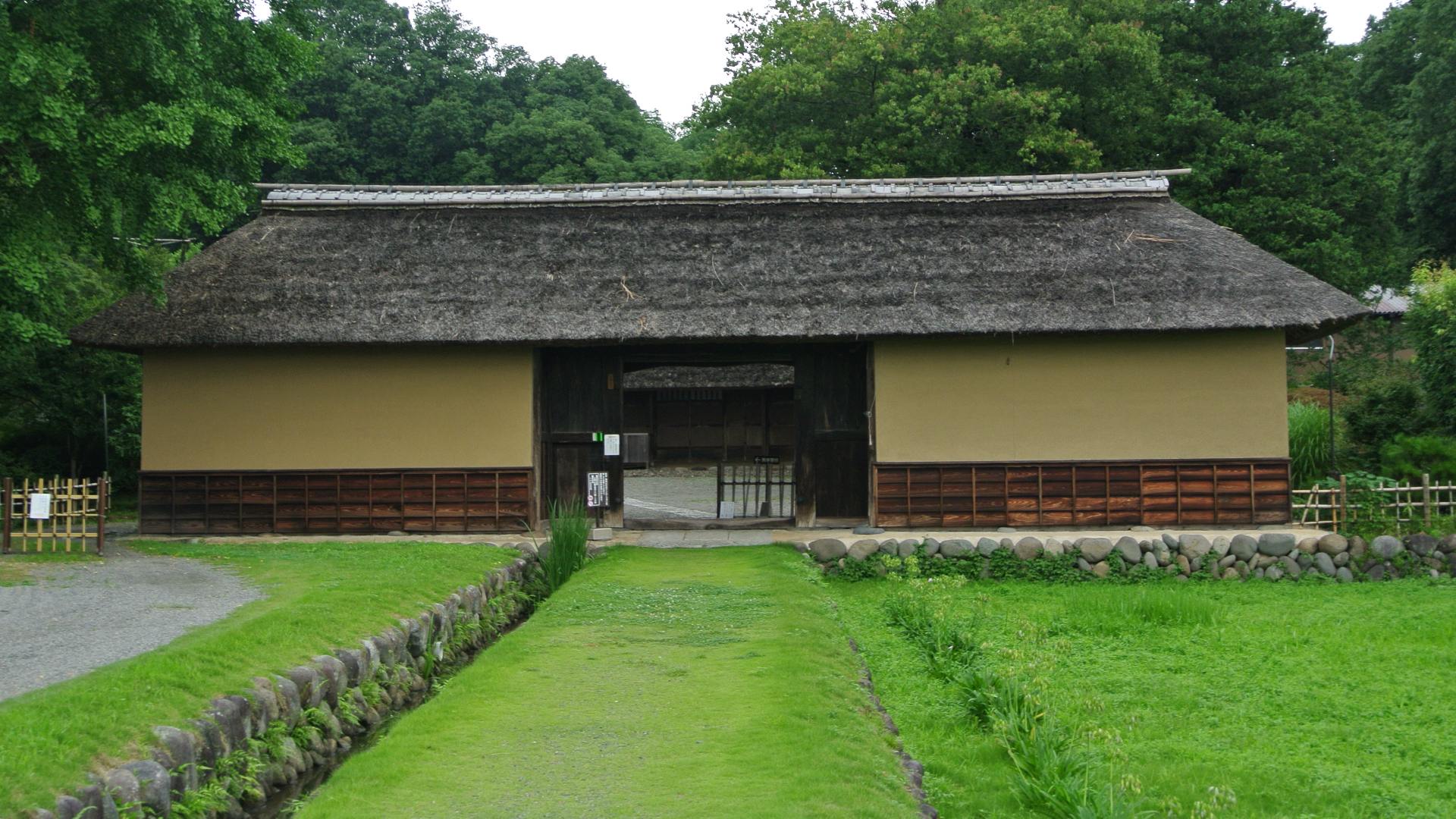
Verified [Verified] denotes information that has been published with confirmation of its owing parties.
Hikobe Family Manor
Take a relaxing tour of the residence of a historic, powerful family during the Muromachi period (1336–1573)
This residence was built by Hikobe Nobukatsu whose ancestor was Prince Takechi, the firstborn son of Emperor Tenmu, the 40th emperor of Japan. This historic building was recognized in 1976 as a historic landmark in Gunma Prefecture under the name of the Hikobe Clan Manor, and it was designated a national important cultural asset in 1992 under the name of the Hikobe Family Manor.
It is said that Nobukatsu who served as the chief vassal of the Ashikaga shogunate built this residence somewhat removed from the downtown area of Kiryu in 1561. Since then, over a period of several generations of heads of the Hikobe family, its appearance as a samurai residence from the middle ages that places importance on simplicity and practicality has continued to be maintained.

Near the center of the spacious site that covers over 20,000 square meters, the gatehouse, main residence, the retirement residence, archival storehouse, and granary all stand in a row, and each of them are well preserved. It is assumed that the main building which has a hip-and-gable thatched roof was built during the early part of the Edo period (1501–1600), and it is highly valued for being one of the oldest private residences in the Kanto region. The garden has a Muromachi style path around the pond with water, stone bridges, a waterfall, and large stones, creating an ambiance of a refined noble culture that vaguely drifts through it. There are also resident gods deified in one corner of the property such as the Takegaoka Hachiman Shrine, an Inari shrine, and a shrine for Benzaiten. The bamboo thicket stretching out behind them is beautiful. At one time, Tokugawa Ieyasu was presented with this bamboo, and he is said to have been very pleased with it.

The Hikobe family has been involved with textiles since ancient times, and in 1820, Hikobe Gohei invented black satin that is representative of Kiryu textiles. And at the start of the Meiji period (from 1868), the family set out to do full scale textile manufacturing. As their business expanded, they built a textile factory, a dyeing kiln, and a dormitory for the female factory workers on the grounds, and contributed to the development of Kiryu textiles.

At the Hikobe Family Manor, the equipment and residences from when they were doing textile work still exists, so this is sure to be a unique experience where you can understand by experiencing it yourself how people lived during the middle ages.
Photos
-
![The main residence is one of the oldest private residence in Kanto that conveys the old style of construction at the time]()
The main residence is one of the oldest private residence in Kanto that conveys the old style of construction at the time
-
![The gatehouse is said to have been constructed in the middle part of the Edo period (1716–1829)]()
The gatehouse is said to have been constructed in the middle part of the Edo period (1716–1829)
-
![The retirement residence called the "winter residence" next to the gatehouse]()
The retirement residence called the "winter residence" next to the gatehouse
Reviews
Details
- Address
- 6-877 Hirosawacho, Kiryu City, Gunma
- Telephone number
- 0277-52-6596
- Business Hours
-
10:00am-4:00pm
*Only open on Saturdays, Sundays, and national holidays - Regular closed days
- Monday–Friday (tours are available with an advance reservation)
- Admission fee
- 500 yen for adults
- Payment methods
- Cash only
- Directions
- It takes 18 minutes by bus from Kiryu Station on the JR Ryomo Line. It takes 26 minutes by bus from Shin-kiryu Station on the Tobu Kiryu Line.
- Official website
- Official website (English)



